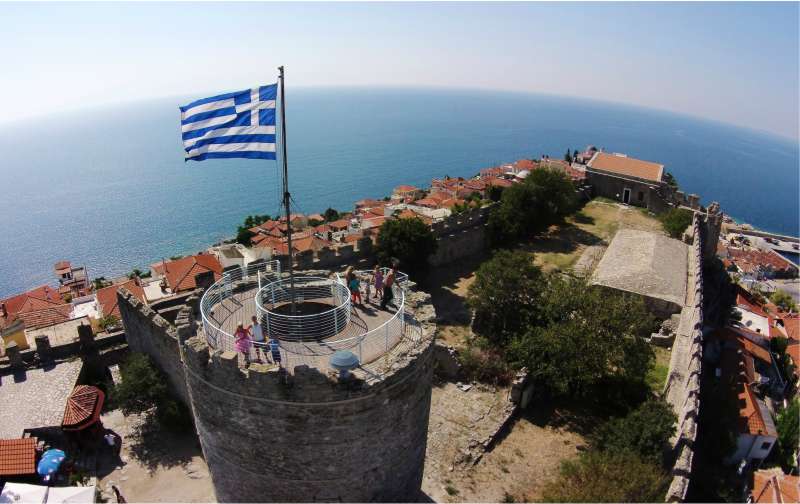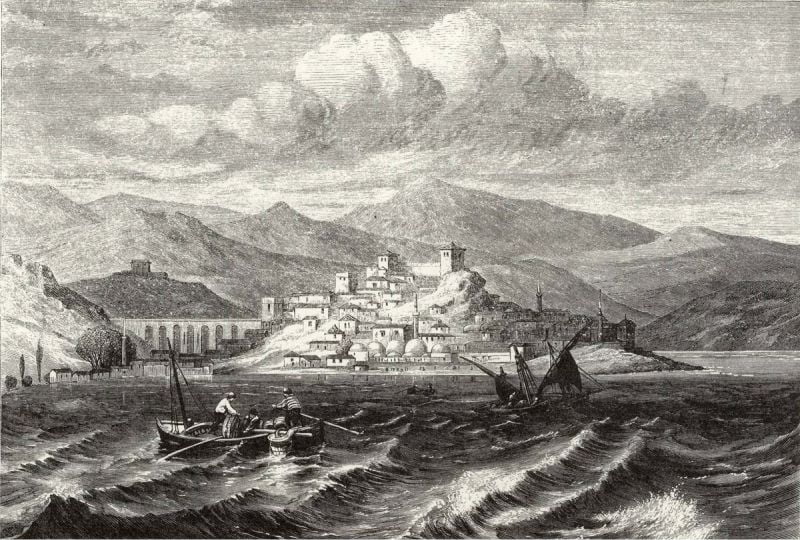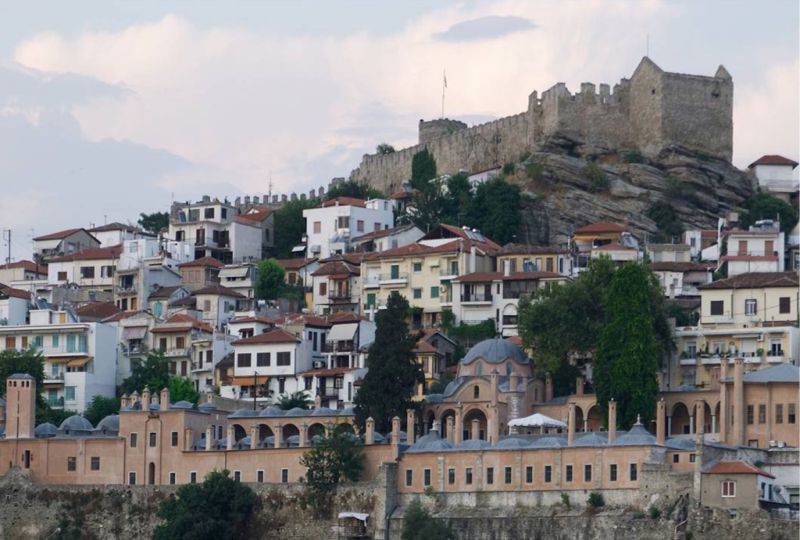Geographical Location
The prefecture of Kavala is situated between the rivers Nestos and Strymonas, which are also its natural borders. Its geographical location on the shore of the Aegean Sea and over the ancient route (Via Egnatia) that linked East to West makes it an ideal point of communication between people and cultures. It occupies 2,109 square km of land and it borders on the prefectures of Xanthi (east), Drama (north) and Serres (west). The prefecture includes four municipalities (Kavala, Nestos, Pangaio, Thassos), with Kavala's Perfecture occupies a total area of 1.480,16 acres.The city, which is the capital of the prefecture, is located on the Egnatia motorway and is a two-hour drive to Thessaloniki (160 km west ). As you enter Kavala, you will admire the panoramic view of the town that is nestled between the slopes of the surrounding hills and the northern coast of the Aegean Sea.


